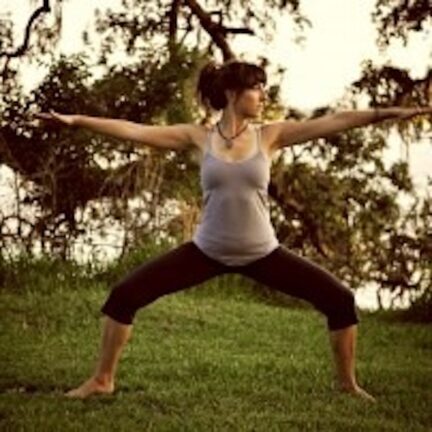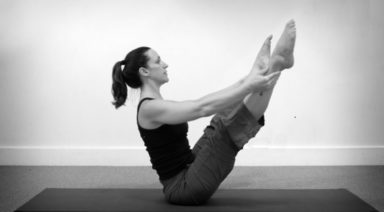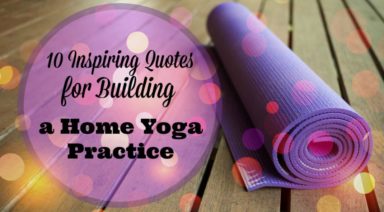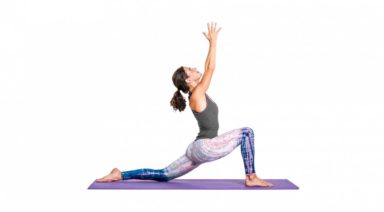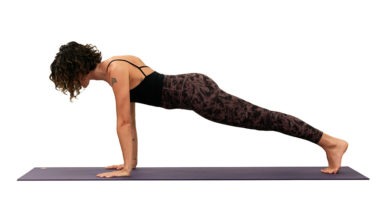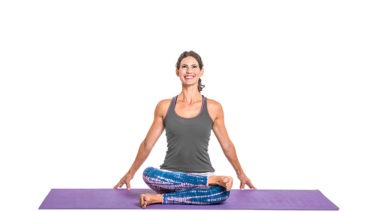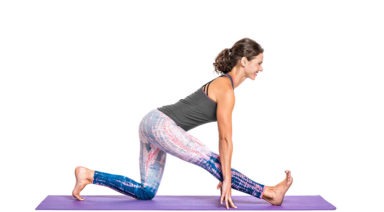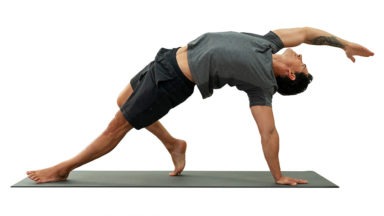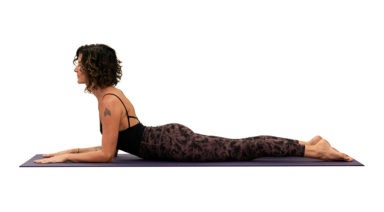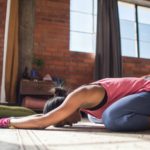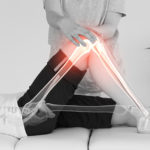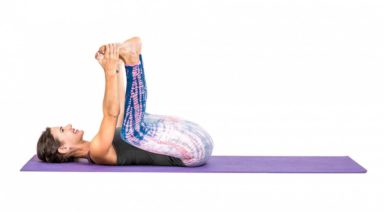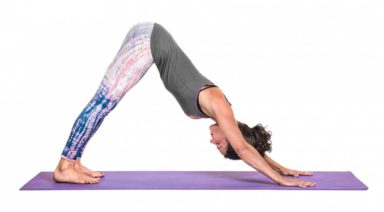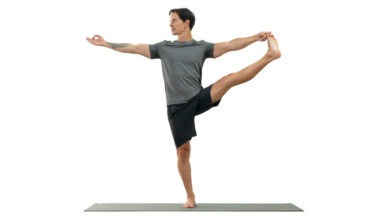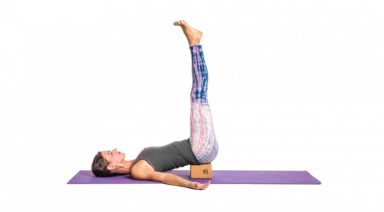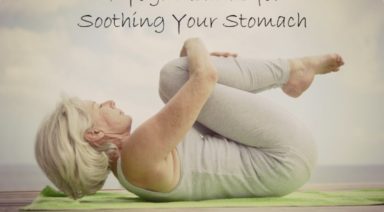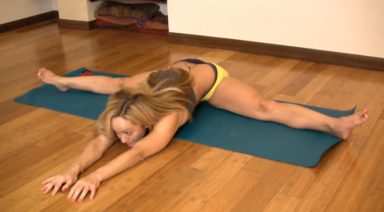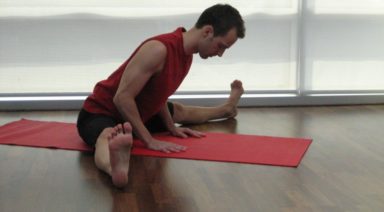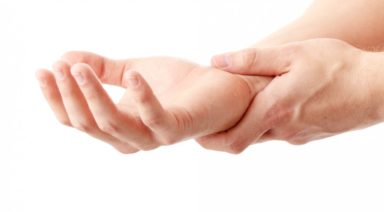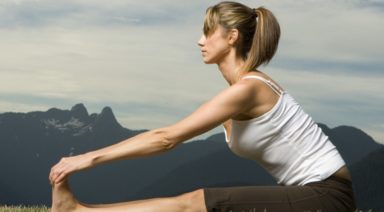Top 5 Pilates Moves for Better Posture

Poor posture is a problem that almost every person can relate to at some point. Whether it’s from slumping on the couch or sitting at a desk, most people have poor posture at some point in their day. A once in awhile occurrence might not make huge dents in your health, but over time, continued poor posture can cause back pain, neck pain, headaches, and even lead to poor circulation and spinal health.
As the instructors and students at the Pilates Empowerment Summit know, exercises that strengthen your core while opening the shoulders and chest, can help alleviate these symptoms and help you stand a little taller.
Seated Twist for a Tall Spine Sit with a straight spine and your legs stretched out in front of you, hip distance apart. Reach your arms out to a “T” as you lift your chest, drop your shoulders, and draw your navel to your spine. Inhale in this position. As you exhale, keep your spine long and your arm in a “T” while you twist to the right. Inhale back to the center and exhale to the left. Repeat 10 times.
Double Leg Kicks to Open the Chest Lie flat on your stomach with your legs together. Rest your forehead or chin on your mat. Clasp your hand together, resting on your back. As you inhale, bend your knees and kick your heels to your glutes. Exhale as you lower your legs lift your chest and stretch your hands, still clasped, up and away form your tailbone. Repeat 10 times.
Swimming for a Strong Back Lie on your stomach with your legs together and your arms stretched out in front. Draw your belly button to your spine as you lift your legs, squeezing your glutes, and lift your arms off the mat. Lift your right leg and left arm slightly higher, lower them as you lift the other side. Repeat 10 times.
Side Bends to Lengthen the Sides of Your Waist Lie on your right side with your feet stacked or staggered. Bend your right arm and place your elbow in line with your shoulder. Slowly lift off the ground. If you need extra support, drop your bottom knee to the mat. Reach left arm overhead as you press your hips higher off the ground, exhale as you bring your left arm back to your side and lower your hips an inch. Repeat 5 times and switch sides.
Reverse Plank to Lengthen the Front Body Sit with your legs stretched out in front of you. Bring your hands on the ground beside your hips, with your fingers pointing towards your toes. Slowly lift your hips off the ground, pressing them towards the ceiling. Point your toes towards the ground. Draw your navel into your spin for support and tuck your chin slightly. Lift your right leg to hip height as you inhale. Lower as you exhale. Repeat 10 times and lower to the ground. Repeat the entire sequence on the left.
Even the best never stop learning. At the Pilates Empowerment Summit you will access knowledge and insight from top Pilates professionals including our team of Peak Pilates Master Instructors to heighten your Pilates practice and amplify your expertise.
A Daily Hygiene Routine for Yogis

Ayurveda is the 5,000 year old sister science of yoga; it translates to “knowledge of life” in Sanskrit. Rooted in the elements of the earth and cosmos, Ayurvedic classifications or doshas include vata, kapha and pitta. The Ayurvedic practice of dinacharya, or “law of nature,” consists of daily self-care routines that promote balance in body, mind and spirit. Join sages and yogis around the world and add the practices below to your daily hygiene routine.
Wake Before the Sun
Morning is a time of quiet connection. Once the sun is in the sky, the clock of Ayurveda signals it is time to move and be productive. Waking early to begin the day offers a chance to connect energetically with self, rather than your inbox, first thing in the morning.
Meditate
The morning boasts fresh energy and serenity, so it serves as an important time for meditation. Find a few quiet moments to breathe and work your way to a longer meditation over time. Return to mindfulness through meditation at the end of the day, which supports more restful sleep.
Oil Pull
Swoosh oil, such as sunflower, coconut or sesame, around your gums and teeth for a few minutes each day. Oil pulling is effective in removing toxins and parasites, which reside in the nooks and crannies between teeth and in the gums. Work your way from 1-2 minutes to 15-20 minutes. Spit the oil in the trash when you are done and rinse your mouth with water.
Self-Massage
Known as Abhyanga in Ayurveda, self-massaging is often practiced in the morning and/or evening. It calms the nervous system, improves immunity, softens skin, and tones muscle. Use warm oil, such as coconut or sesame (depending on your dosha). Start at your scalp and extremities, then work your way towards your heart. Follow your massage with a warm bath or shower.
Tongue Scrape
Now commonly found in drugstores, tongue scraping is an ancient Ayurvedic technique. Try this practice in the morning: during your sleep, toxins and other organisms your body cannot process accumulate on your tongue.
Skin Brush
This Ayurvedic technique requires silk gloves or a dry skin brush. Start with your extremities and brush toward your heart, with the exception of brushing down the back and spine. This practice drains the lymphatic system and stimulates movement of energy. Take a warm shower or practice self-massage afterwards.
Nourish Yourself
Morning and evening meals should be light in comparison to your lunch. Afternoon is usually the best time of day for your heaviest meal. Agni, or digestive energy, is usually in full force in the afternoon. Avoid eating heavy meals before bed, as this will disrupt your sleep.
Head to Bed Early
Begin your evening ritual around 8:30pm to ensure a restful transition to bedtime. Unwinding with a book or a bath and avoiding screen time are important aspects of good bedtime hygiene. This routine may prevent late-night snacking. Around 10pm, pitta energy kicks back in which may spark a “second wind” and inhibit true rest.

